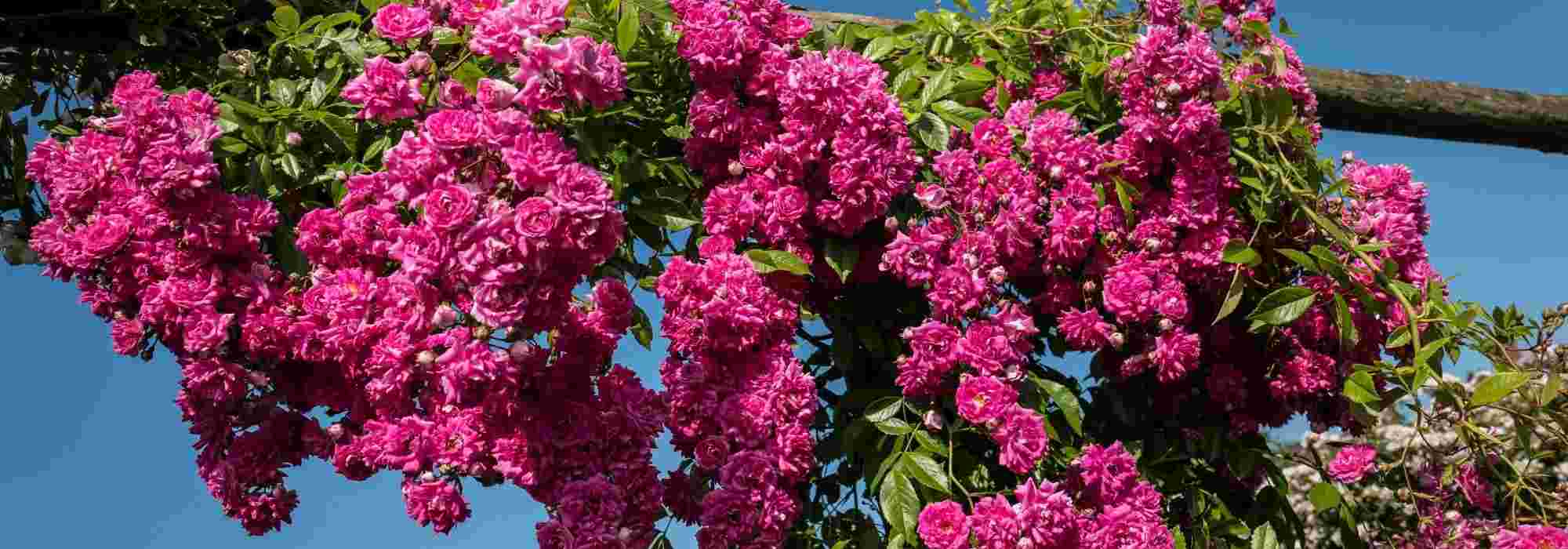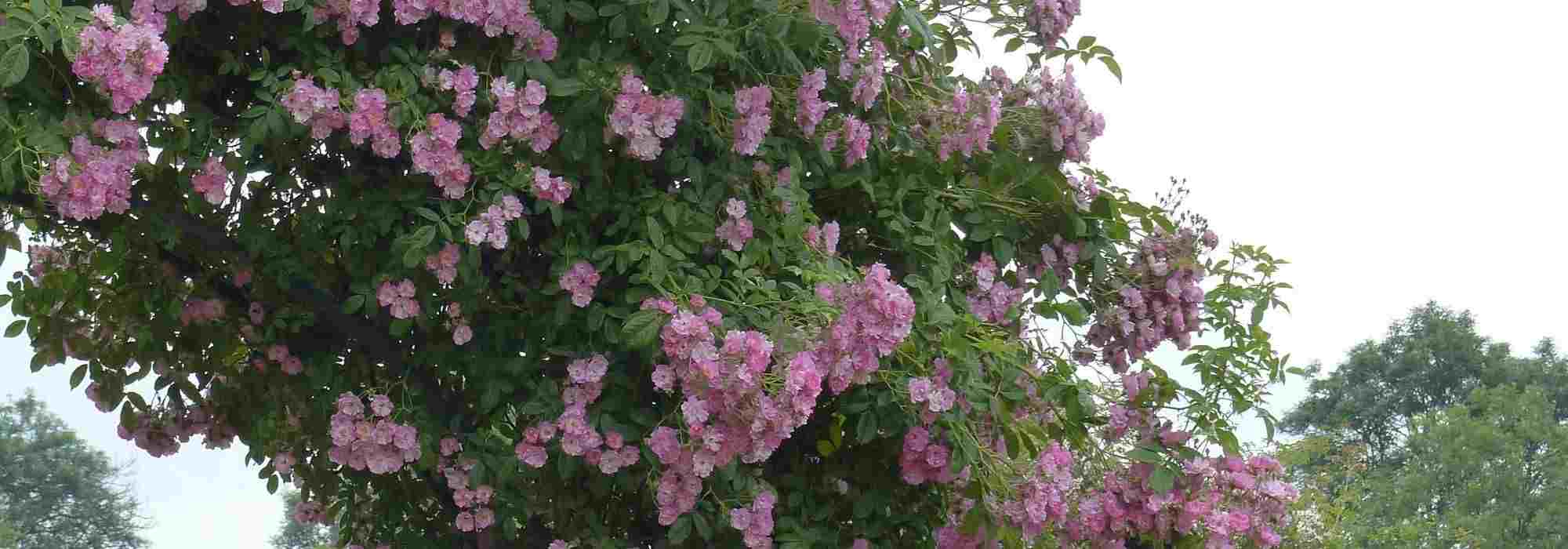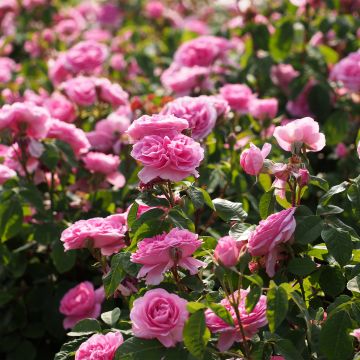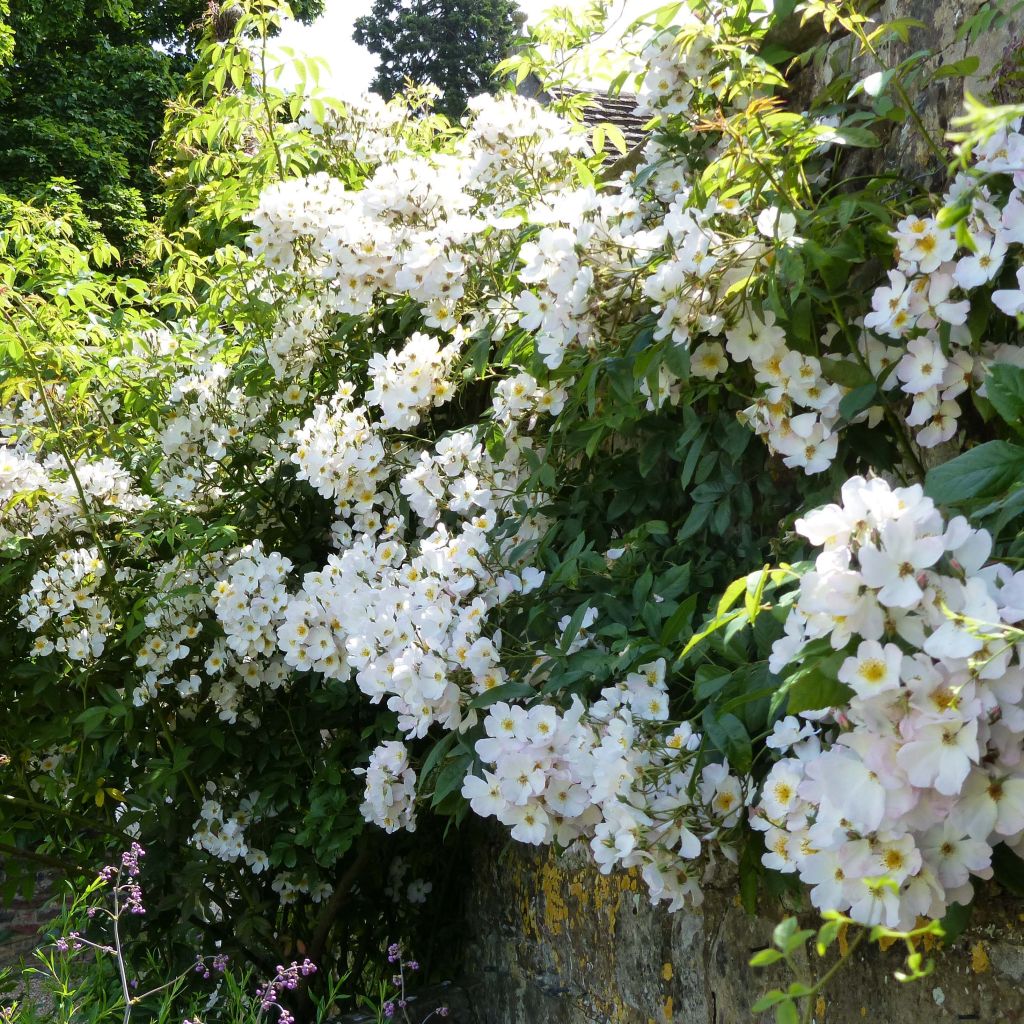

Rosa x moschata Francis E Lester - Musk Rose


Rosa x moschata Francis E Lester - Musk Rose


Rosa x moschata Francis E Lester - Musk Rose


Rosa x moschata Francis E Lester - Musk Rose


Rosa x moschata Francis E Lester - Musk Rose


Rosa x moschata Francis E Lester - Musk Rose


Rosa x moschata Francis E Lester - Musk Rose
View more pictures
Hide images

Thierry P.

May flowering - image 7
Thierry P. • 84 FR

Thierry P.

May flowering - image 6
Thierry P. • 84 FR

Thierry P.

May flowering - image 5
Thierry P. • 84 FR
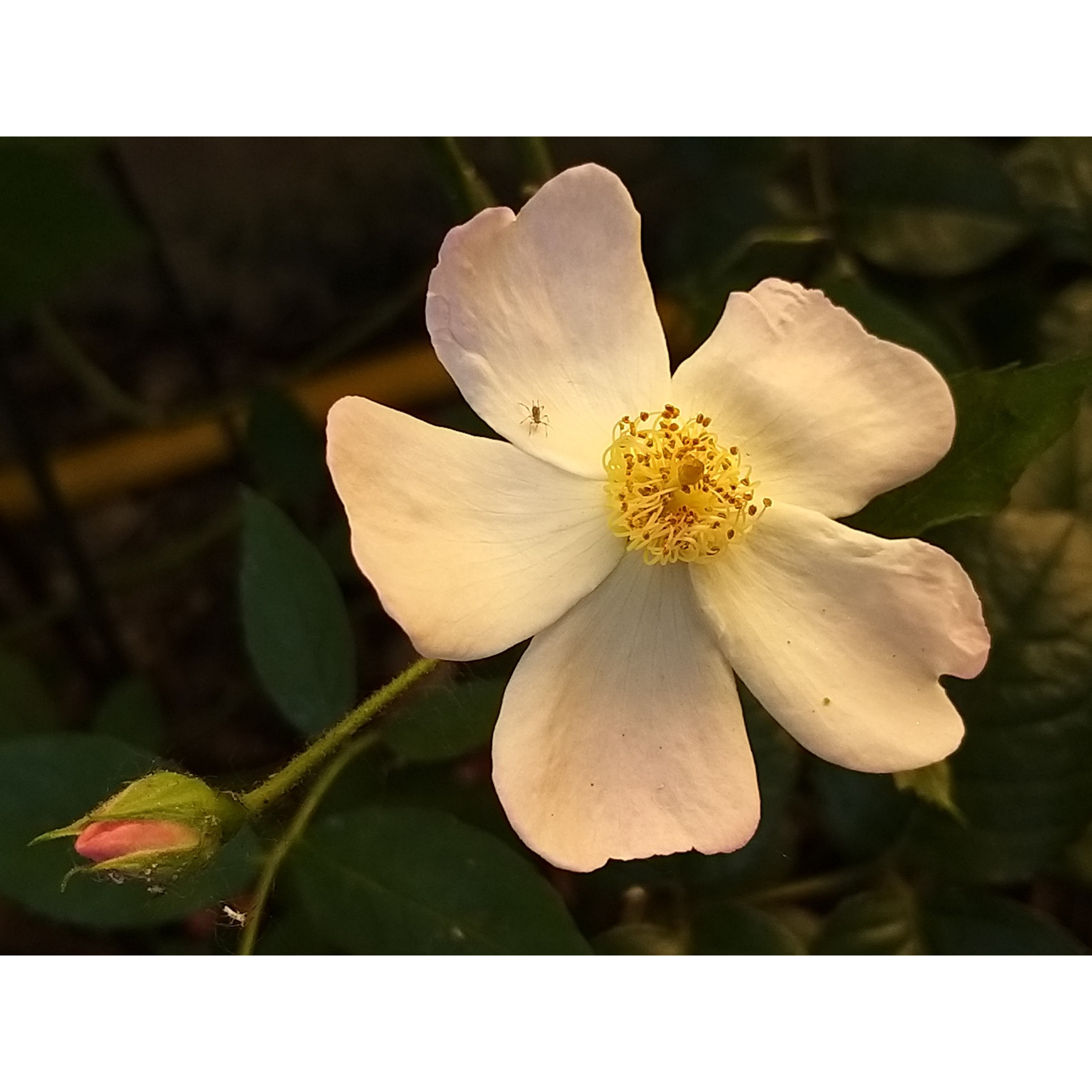
Thierry P.

May flowering - image 4
Thierry P. • 84 FR
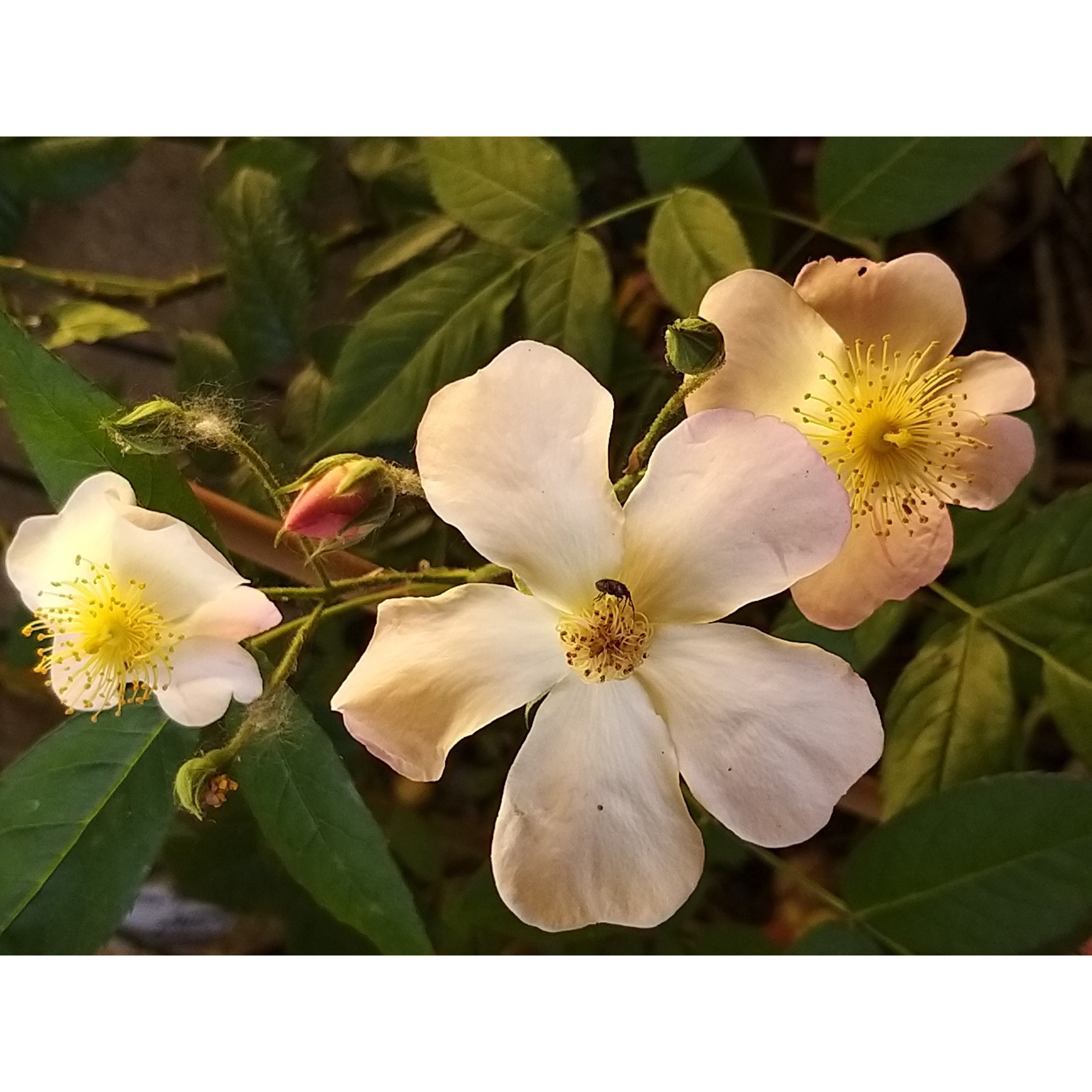
Thierry P.

May flowering - image 3
Thierry P. • 84 FR
Rosa x moschata Francis E Lester - Musk Rose
Rosa x moschata Francis E Lester
Musk Rose
Beautiful
Fab39, 21/06/2025
Special offer!
Receive a €20 voucher for any order over €90 (excluding delivery costs, credit notes, and plastic-free options)!
1- Add your favorite plants to your cart.
2- Once you have reached €90, confirm your order (you can even choose the delivery date!).
3- As soon as your order is shipped, you will receive an email containing your voucher code, valid for 3 months (90 days).
Your voucher is unique and can only be used once, for any order with a minimum value of €20, excluding delivery costs.
Can be combined with other current offers, non-divisible and non-refundable.
Home or relay delivery (depending on size and destination)
Schedule delivery date,
and select date in basket
We guarantee the quality of our plants for a full growing cycle, and will replace at our expense any plant that fails to recover under normal climatic and planting conditions.
Description
The 'Francis E Lester' Rose, born in 1946 on the field of ruins left by the Second World War, is a reasonable and charming climbing rose, remarkably reliable, healthy, and undemanding in terms of soil and exposure. While its flowering is unique in early summer, it is well scented, abundant, and prolonged. It takes the form of large clusters of white wild roses tinged with pink on the edges, revealing a beautiful heart of yellow stamens. Once the flowering is over, it is adorned with clusters of orange fruits, which are very decorative and persist for a long time on its branches. This superb descendant of the musk rose, with its fabulous qualities, will tempt all gardeners. And they will be right, because it is perfect for adorning an old tree, animating a flowering hedge, or beautifying a large bare wall!
The climbing rose 'Francis E Lester', created by Lester Rose Garden (United States), is the result of a crossbreeding with the rose 'Kathleen', a hybrid of Rosa moschata obtained by Pemberton in 1922. The musk rose is probably native to Asia Minor or the Middle East and is remarkable for the scent of its small single flowers. The 'Francis E Lester' cultivar produces thorny stems that can reach a height of 3 to 5 metres (10 to 16 feet) and branch out rapidly. They bear dark green foliage with a slight copper hue that is resistant to diseases and takes on beautiful shades in autumn before falling. In June-July, its flowering appears and lasts for several weeks in cool climates. Grouped in large corymbs, countless white flowers tinged and speckled with pale pink on the edges bloom, punctuated by a bouquet of golden yellow stamens. Very simple in shape, composed of 5 petals, they measure about 4 cm (2in) in diameter and are highly scented. Each wild rose forms a small orange fruit, so that this rose is adorned at the end of the season with beautiful clusters that accompany its leaves turning coppery orange, and then its bare branches in winter. These hips contain a large quantity of achenes with a single seed. It is worth noting that the 'Francis E Lester' rose, while vigorous, is easy to contain in its growth.
'Francis E Lester' is an enchanting and easy rose that will certainly delight many gardeners, both beginners and experienced. It will thrive in the north as well as the south of our region, tolerate shade in hot climates, but prefer sunny situations and show more vigour in fertile soil. Like other climbers (Paul's Himalayan Musk, Sander's White Rambler), it is incomparable for adorning large spaces and giving a touch of wildness and freedom when planting above overly strict flower beds. It can also be used as ground cover, thanks to its exemplary foliage and floribundance. In this usage, it will provide an exceptional summer decoration. It is an ideal companion for reviving trees, uncertain fences, and ugly buildings or sheds to which it adds a charming touch. Trained on a large arch, near the terrace, it will create a romantic and fragrant passage. Since its flowering is not recurrent, it can be paired with a vigorous Clematis montana 'Mayleen', which blooms again at the end of summer, or with a recurrent old rose like 'François Juranville', with double flowers, very pink and pleasantly tousled.
Rosa x moschata Francis E Lester - Musk Rose in pictures






Plant habit
Flowering
Foliage
Botanical data
Rosa
x moschata
Francis E Lester
Rosaceae
Musk Rose
Cultivar or hybrid
Rosa canina Laxa (Wrapped bare root, 4L/5L pot)
Planting and care
The 'Francis E Lester' rose adapts to any type of soil, even heavy or sandy, as long as the planting is well taken care of, it doesn't lack water to establish itself, and it has enough nutrients. Plant it in well-prepared and well-drained ordinary soil, in a sunny or partially shaded, or even shady, position, which it tolerates very well in hot climates. Plant it in autumn, never when it freezes. If planted in the shade of a tree, it will take longer to start growing.
The most floriferous branches are 2 years old. It is useful to reduce the stems that flowered the previous year to 3 or 4 buds, or pruned to 15 cm (6in). The new sturdy stems will be trained and the old ones eliminated if necessary. Quite hardy, this rose can withstand -20°C (-4°F) and, if, despite everything, after a harsh winter, the branches freeze to the ground, this climber will regrow from the base in spring. It may be necessary to remove dead wood in winter, remove faded flowers if fruit formation is not desired. If necessary, in spring, after the risk of frost, a light pruning can be performed. Alternatively, the climbing roses can be left to grow freely if there is ample space.
If you plant a climbing rose next to a living tree, the rose's root system will compete with that of the already well-established tree. To control watering, here's a tip: plant the rose in a large container with a perforated bottom, at the base of the tree. The tree's roots will not penetrate the container for at least a year. Remove the container after 1 year, for example by cutting one side, without disturbing the rose's root system. By then, the rose will have had time to develop its root system deeply and will be more resistant.
Planting period
Intended location
Care
Planting & care advice
-
, onOrder confirmed
Reply from on Promesse de fleurs
Similar products
Haven't found what you were looking for?
Hardiness is the lowest winter temperature a plant can endure without suffering serious damage or even dying. However, hardiness is affected by location (a sheltered area, such as a patio), protection (winter cover) and soil type (hardiness is improved by well-drained soil).

Photo Sharing Terms & Conditions
In order to encourage gardeners to interact and share their experiences, Promesse de fleurs offers various media enabling content to be uploaded onto its Site - in particular via the ‘Photo sharing’ module.
The User agrees to refrain from:
- Posting any content that is illegal, prejudicial, insulting, racist, inciteful to hatred, revisionist, contrary to public decency, that infringes on privacy or on the privacy rights of third parties, in particular the publicity rights of persons and goods, intellectual property rights, or the right to privacy.
- Submitting content on behalf of a third party;
- Impersonate the identity of a third party and/or publish any personal information about a third party;
In general, the User undertakes to refrain from any unethical behaviour.
All Content (in particular text, comments, files, images, photos, videos, creative works, etc.), which may be subject to property or intellectual property rights, image or other private rights, shall remain the property of the User, subject to the limited rights granted by the terms of the licence granted by Promesse de fleurs as stated below. Users are at liberty to publish or not to publish such Content on the Site, notably via the ‘Photo Sharing’ facility, and accept that this Content shall be made public and freely accessible, notably on the Internet.
Users further acknowledge, undertake to have ,and guarantee that they hold all necessary rights and permissions to publish such material on the Site, in particular with regard to the legislation in force pertaining to any privacy, property, intellectual property, image, or contractual rights, or rights of any other nature. By publishing such Content on the Site, Users acknowledge accepting full liability as publishers of the Content within the meaning of the law, and grant Promesse de fleurs, free of charge, an inclusive, worldwide licence for the said Content for the entire duration of its publication, including all reproduction, representation, up/downloading, displaying, performing, transmission, and storage rights.
Users also grant permission for their name to be linked to the Content and accept that this link may not always be made available.
By engaging in posting material, Users consent to their Content becoming automatically accessible on the Internet, in particular on other sites and/or blogs and/or web pages of the Promesse de fleurs site, including in particular social pages and the Promesse de fleurs catalogue.
Users may secure the removal of entrusted content free of charge by issuing a simple request via our contact form.
The flowering period indicated on our website applies to countries and regions located in USDA zone 8 (France, the United Kingdom, Ireland, the Netherlands, etc.)
It will vary according to where you live:
- In zones 9 to 10 (Italy, Spain, Greece, etc.), flowering will occur about 2 to 4 weeks earlier.
- In zones 6 to 7 (Germany, Poland, Slovenia, and lower mountainous regions), flowering will be delayed by 2 to 3 weeks.
- In zone 5 (Central Europe, Scandinavia), blooming will be delayed by 3 to 5 weeks.
In temperate climates, pruning of spring-flowering shrubs (forsythia, spireas, etc.) should be done just after flowering.
Pruning of summer-flowering shrubs (Indian Lilac, Perovskia, etc.) can be done in winter or spring.
In cold regions as well as with frost-sensitive plants, avoid pruning too early when severe frosts may still occur.
The planting period indicated on our website applies to countries and regions located in USDA zone 8 (France, United Kingdom, Ireland, Netherlands).
It will vary according to where you live:
- In Mediterranean zones (Marseille, Madrid, Milan, etc.), autumn and winter are the best planting periods.
- In continental zones (Strasbourg, Munich, Vienna, etc.), delay planting by 2 to 3 weeks in spring and bring it forward by 2 to 4 weeks in autumn.
- In mountainous regions (the Alps, Pyrenees, Carpathians, etc.), it is best to plant in late spring (May-June) or late summer (August-September).
The harvesting period indicated on our website applies to countries and regions in USDA zone 8 (France, England, Ireland, the Netherlands).
In colder areas (Scandinavia, Poland, Austria...) fruit and vegetable harvests are likely to be delayed by 3-4 weeks.
In warmer areas (Italy, Spain, Greece, etc.), harvesting will probably take place earlier, depending on weather conditions.
The sowing periods indicated on our website apply to countries and regions within USDA Zone 8 (France, UK, Ireland, Netherlands).
In colder areas (Scandinavia, Poland, Austria...), delay any outdoor sowing by 3-4 weeks, or sow under glass.
In warmer climes (Italy, Spain, Greece, etc.), bring outdoor sowing forward by a few weeks.




































